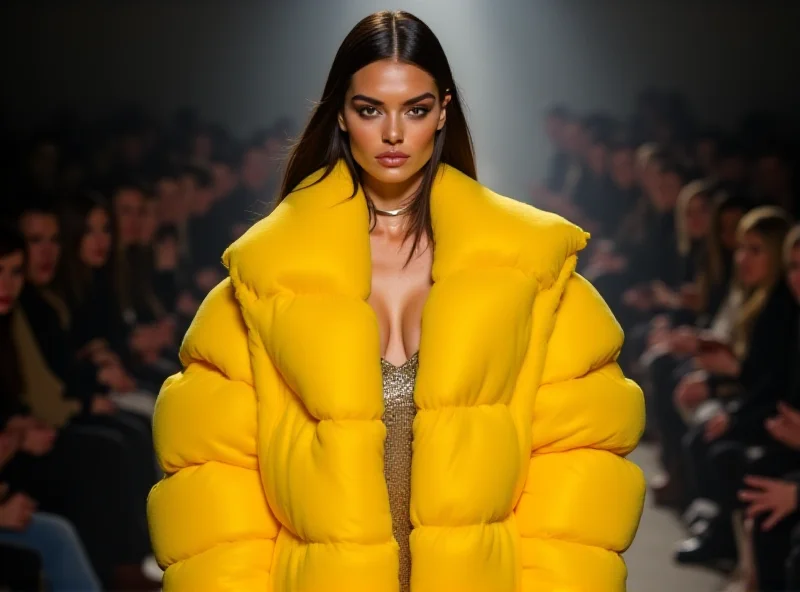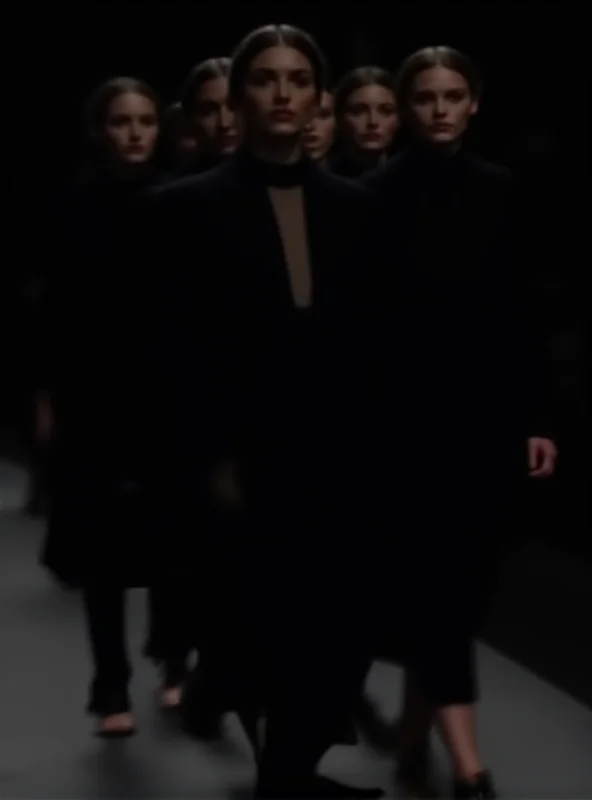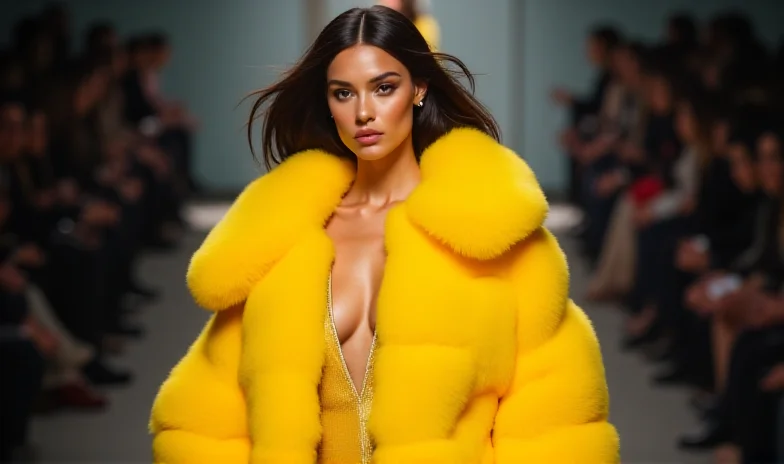Milan Fashion Week has once again taken center stage, showcasing the latest trends and collections from some of the world's most renowned fashion houses. This year's event, featuring the Fall-Winter 2025-2026 collections, is a mix of established traditions and daring new directions, reflecting the "turbulent world" as described by some industry insiders.
Gucci and Fendi: A New Era
The week kicked off with highly anticipated shows from Gucci and Fendi, both currently navigating transitions without a permanent designer at the helm. Gucci presented puffy coats and low-cut tops, showcasing a bold vision for the upcoming season. Fendi, celebrating its 100-year anniversary, took a more sentimental approach.

The Fendi show began with a heartwarming cameo by Dardo and Tazio, the seven-year-old great-great-grandsons of founders Edouardo and Adele. Their mother, Delfina, designed jewelry for the show, while their grandmother, Silvia, artistic director of accessories and menswear, acted as master of ceremonies. "This is still my home," Silvia said backstage, highlighting the brand's enduring family legacy despite being owned by LVMH.
Prada and Max Mara: Power and Practicality
While Gucci and Fendi explored new territories, Prada and Max Mara offered more grounded and consistent collections. Prada's roomy dresses were presented as an answer to restrictive women’s fashion, offering liberation and comfort. Miuccia Prada explained her focus on practicality: "My job is to think about what clothes a woman can wear. About what kind of femininity makes sense in a moment like this."

Max Mara, on the other hand, presented outfits designed for "the corridors of power," projecting strength and confidence through their designs. The contrast between Prada's practicality and Max Mara's powerful aesthetic highlights the diverse approaches to fashion in response to current events.
Innovation and Individuality
Other notable presentations included Alberta Ferretti, who showcased ruffles and drapes, and Jil Sander, who introduced kilts and corsets. Dsquared2 and Diesel also presented daring shows, pushing the boundaries of traditional fashion. This range of styles demonstrates the dynamic and ever-evolving nature of the fashion industry, with designers constantly seeking new ways to express themselves and connect with their audiences.

Milan Fashion Week continues to be a vital platform for both established and emerging designers, offering a glimpse into the future of fashion and reflecting the complexities of the world around us.
